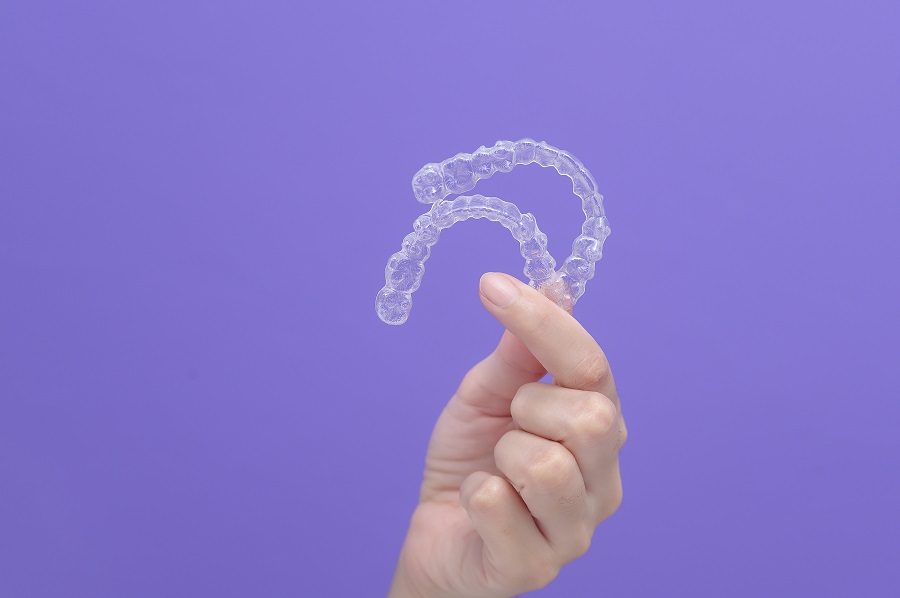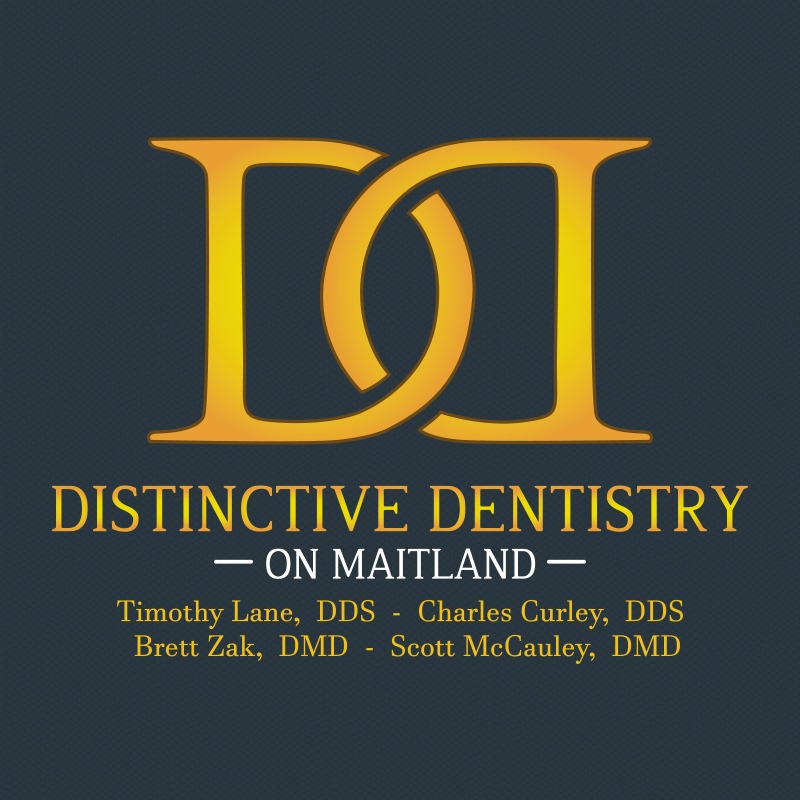TMJ/TMD therapy
Posted by Timothy M. Lane Oct 03,2022
What is TMJ/TMD?
TMJ stands for temporomandibular joint. TMD stands for temporomandibular disorder. These terms are often used interchangeably, but they’re slightly different.
The temporomandibular joint connects the lower jaw (the mandible) to the skull. This joint is one of the most complex joints in the body. It allows the jaw to move up and down and side to side. It also enables the mouth to open wide and to open and close.
TMJ disorder refers to a group of conditions that affect the joint. These conditions can be caused by injury, stress, or other factors.
What causes TMJ/TMD?
There are many causes for TMJ/TMD. Access to good oral health care, including regular dental cleanings, can help to prevent TMD. However, the most common causes are:
What is TMJ/TMD therapy?
TMJ disorders and TMD can cause debilitating pain and make it difficult for you to chew, talk, or yawn. To treat these disorders, an oral surgeon may recommend TMJ/TMD therapy.
Different types of TMJ/TMD therapy
There are several different types of TMJ/TMD therapy.
• Splints, mouth guards, and bite plates
• Stress management
• Relaxation techniques
• Lifestyle changes
Other treatments
Sometimes patients want more than just medication to help relieve their symptoms. In this case, they may request other TMJ/TMD treatment such as a night guard or mouth splint.
Mouth splints and night guards are different. A mouth splint is worn during the day (or night) and is removable. A night guard is worn at night and is worn continuously.
Mouth splints:
- Help relieve pain and tenderness in TMJ/TMD patients
Choosing TMJ/TMD therapy
Patients who suffer from TMJ symptoms should talk to their dentist about TMJ therapy. The dentist may recommend one or more of several treatment options to relieve their symptoms and improve their quality of life.
Jaw joint disorder, also known as TMD, can cause several symptoms that affect the patient’s quality of life. Some of the most common symptoms include:
More Blog Posts
Office Hours
MON - TUE7:00 am - 3:00 pm
WED7:00 am - 5:00 pm
THU7:00 am - 3:00 pm
FRI8:00 am - 12:00 pm
SAT - SUNClosed










